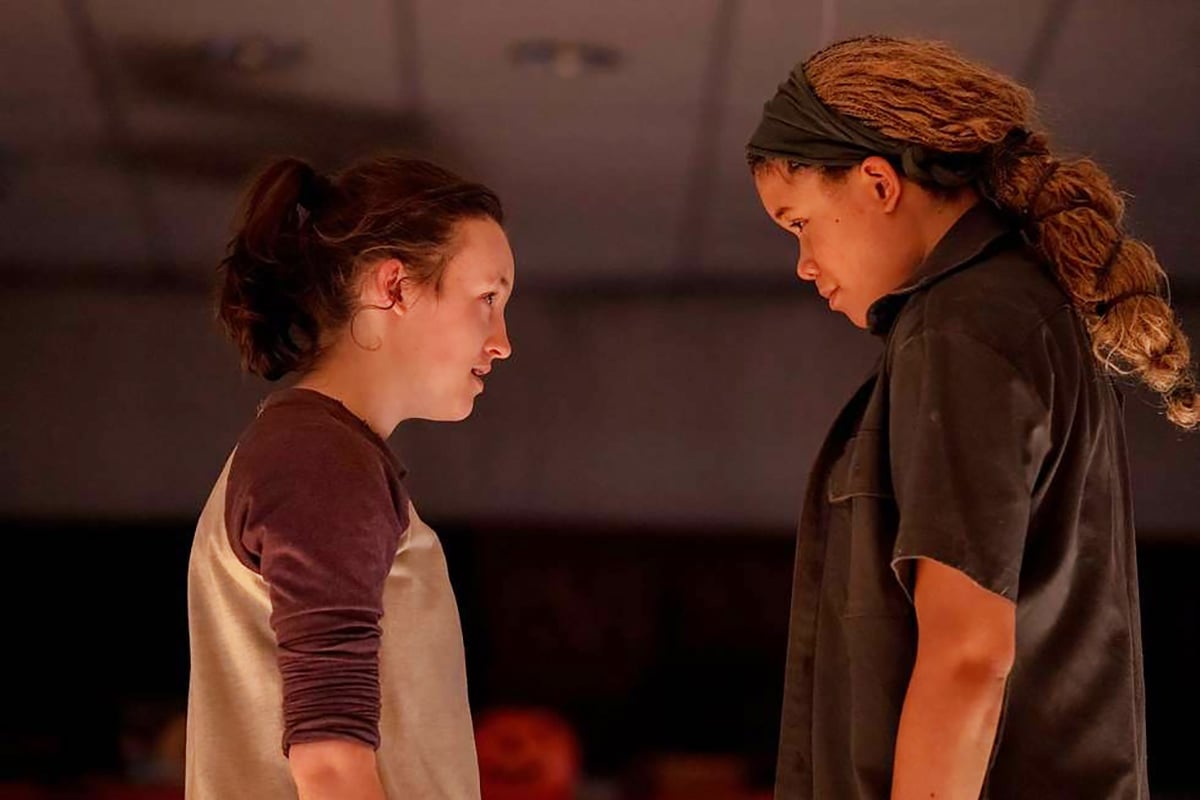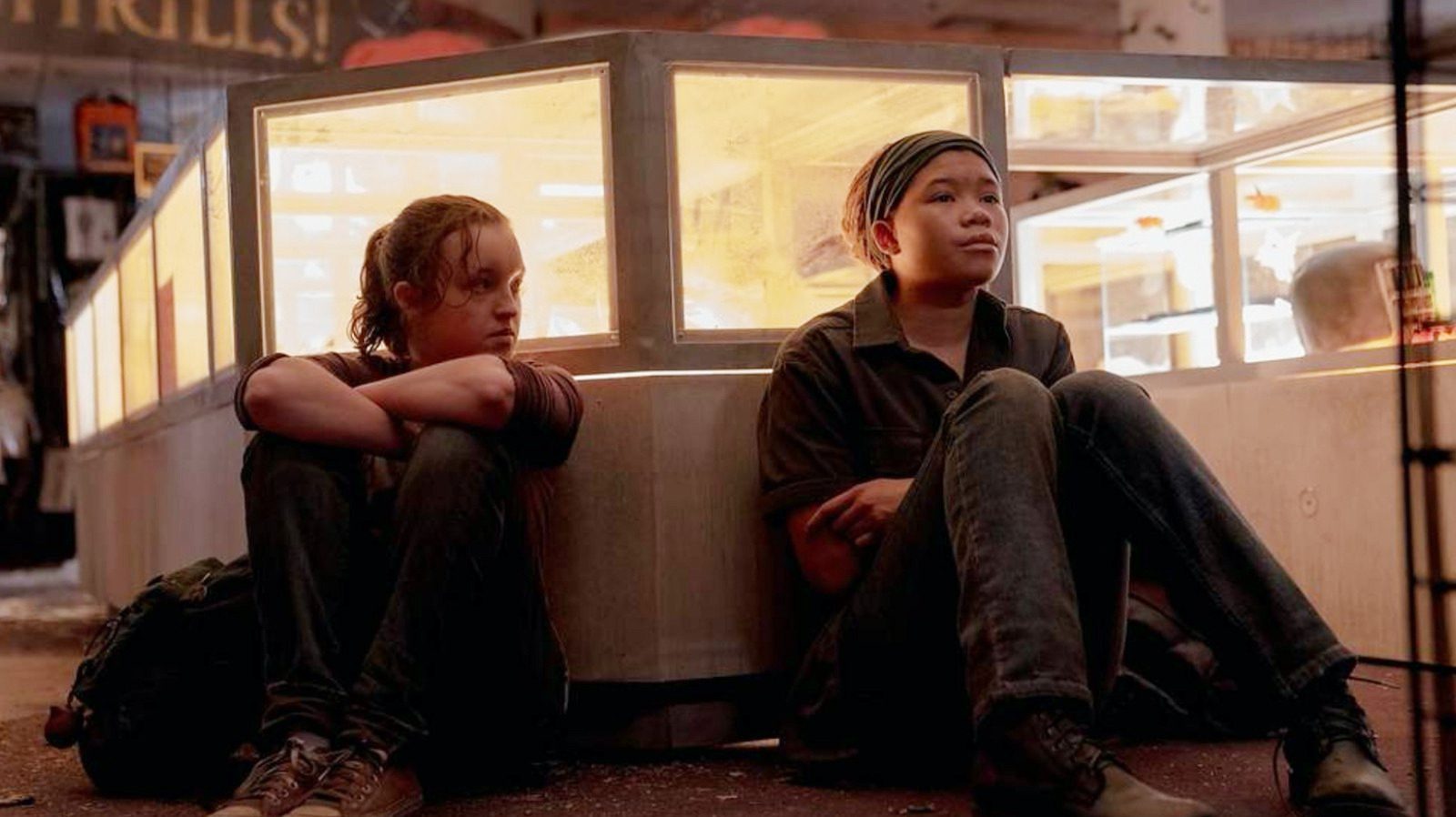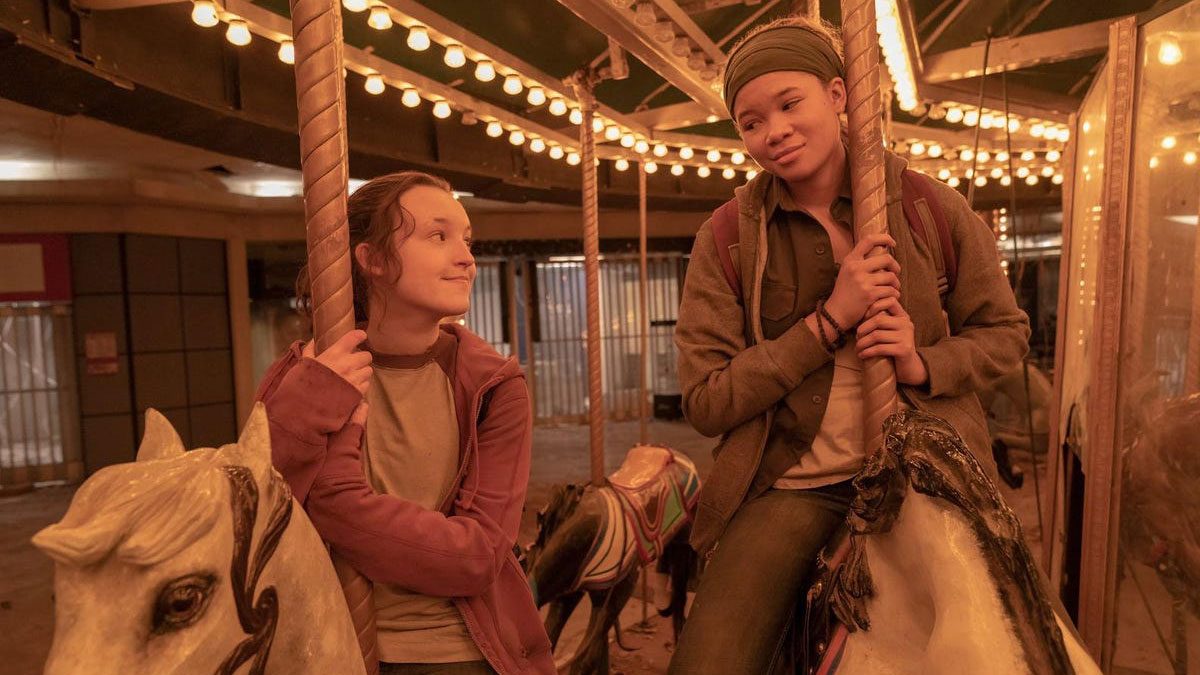REVIEW: The Last of Us – Season 1, Episode 7, “Left Behind”
There isn’t much unique commentary surrounding the latest episode of HBO’s The Last of Us, “Left Behind.” It still falls into the most egregious pitfalls of its predecessor, namely bloat, empty character development and performances, and a near-total lack of action, horror, or zombies. At this point, this show cannot be called a zombie action-horror show, as it should be, because after eight hours of screen time, those factors have been present for 5 to 10 minutes total. Despite falling prey to these pitfalls, “Left Behind” does manage to eke out a slight quality improvement over most of its predecessors, except episode 4, thanks to the barest attempts at character development. Finally, this show endeavors to develop a relationship and the characters in this relationship beyond the most superficial aspects. Speculation as to the motivation behind this surprising effort can result in numerous plausible explanations. However, “Left Behind” benefits from the added effort regardless of the motivation.
**Spoilers**
“Left Behind” is an adaptation of the original game’s DLC bearing the same name and follows a series of flashbacks with Ellie enjoying her last night with her girlfriend, Riley. Rather than intercutting these flashbacks with a harrowing journey of Ellie searching a mirrored mall for medical supplies to save Joel’s life, the flashback is intercut once or twice with Ellie finding a sewing kit in the upstairs of the house in which she has stowed Joel. This sequence was easily the best part of the DLC, which also suffered from the same problems as this show does. It was bloated and boring beyond belief, with so little substance occurring. Because of how long and overstuffed the DLC was, the flashbacks to it in the television show should have been 20 minutes long at most, thereby only depicting the necessary events without the monumental filler.
A humorous thing to note regarding this DLC is that it was the first time in the franchise that Neil Druckmann headed the creative process nearly entirely alone. He wrote a dull, self-aggrandizing DLC without the aid of the other more talented creatives that pioneered the base game. Now, the television show he’s co-running runs into the same issues.
Beyond talking about the common deficiencies of The Last of Us, there is very little to say about “Left Behind.” It takes so long for anything to happen, so a step-by-step review would be pointless and overindulgent, much like the episode itself. Ellie is still depicted as an incorrigible and insufferable character that no one should like or relate to. Riley is changed from the likable young woman in the DLC to match Ellie’s unlikable personality. The audience is shown two annoying, off-putting young women and told to care about them. Those aforementioned brief moments of positive character development save this episode from being a total disaster. Those moments depict the falling away of their vitriolic veneers, allowing the characters to show vulnerability. Vulnerability is an essential aspect of character development, and when “Left Behind” dares to show the brave and stunning Ellie as vulnerable, she finally feels human and like an actual fleshed-out character. However, three or four moments of simple vulnerability and the most basic character development are not enough to counteract the bloat and lack of action.
The best of these character moments are the escalator scene and the final goodbye. On the escalator, the Ellie from the video game is shown for the very first time. Her wonder at the most basic things, her laughter, and her pure charm are finally there, even if they’re is buried in a weak performance. Shocking everyone, Bella Ramsey is capable of smiling. Ellie is still incredibly dislikable for their final goodbye, but Riley shines at that moment. Her tearful proffering of a quick death or a plea to spend their final time together is well-acted and written. The characters’ plight is finally compelling, all due to the actress’ performance in that moment.

Another significant change from the DLC is the removal of a horde of zombies, replaced by a single one. Instead of allowing the episode to end in a 5-10-minute-long daring chase through the mall with countless infected hot on their heels, the writers opted for a 20-second action sequence with a single infected, ending with both girls infected. Once again, it appears that this show is utterly allergic to any exciting action or moments of epicness.
The DLC is a heavily contested addition to the video game franchise, with many fans having strong opinions regarding it. However, the universally agreed upon best parts of it were all cut out in the adaptation, following the pattern of this show. Cut the best, superficially show the average, never let an episode have more than 30 seconds of action, and stuff in as much empty filler as humanly possible. These rules must have been posted on the walls of the writers’ room. This is the only explanation for how an adaptation of one of the greatest story games of all time could have been translated so poorly, unless malice was involved.

“Left Behind” might be slightly superior to many of its predecessors, but it still does not achieve the barest quality threshold. Once the season is out in its entirety, a potential fan edit that cuts down the 10 hours of content to a feature film’s length could easily raise the series’ average rating of 4 out of 10 to a healthy 6 due to the removal of gargantuan amounts of pointless filler. This episode certainly would benefit from such an edit. With better actors given better direction, “Left Behind” could easily have been good with what the DLC offered. However, this shows’ creators cannot get out of their own way, constantly sabotaging any potential for basic competency.
The Last of Us – Season 1, Episode 7, “Left Behind”
Plot - 3
Acting - 4.5
Progression - 2.1
Production Design - 8.5
Character Development - 4.5
4.5
Bad
“Left Behind” might be slightly superior to many of its predecessors, but it still does not achieve the barest threshold of quality.







